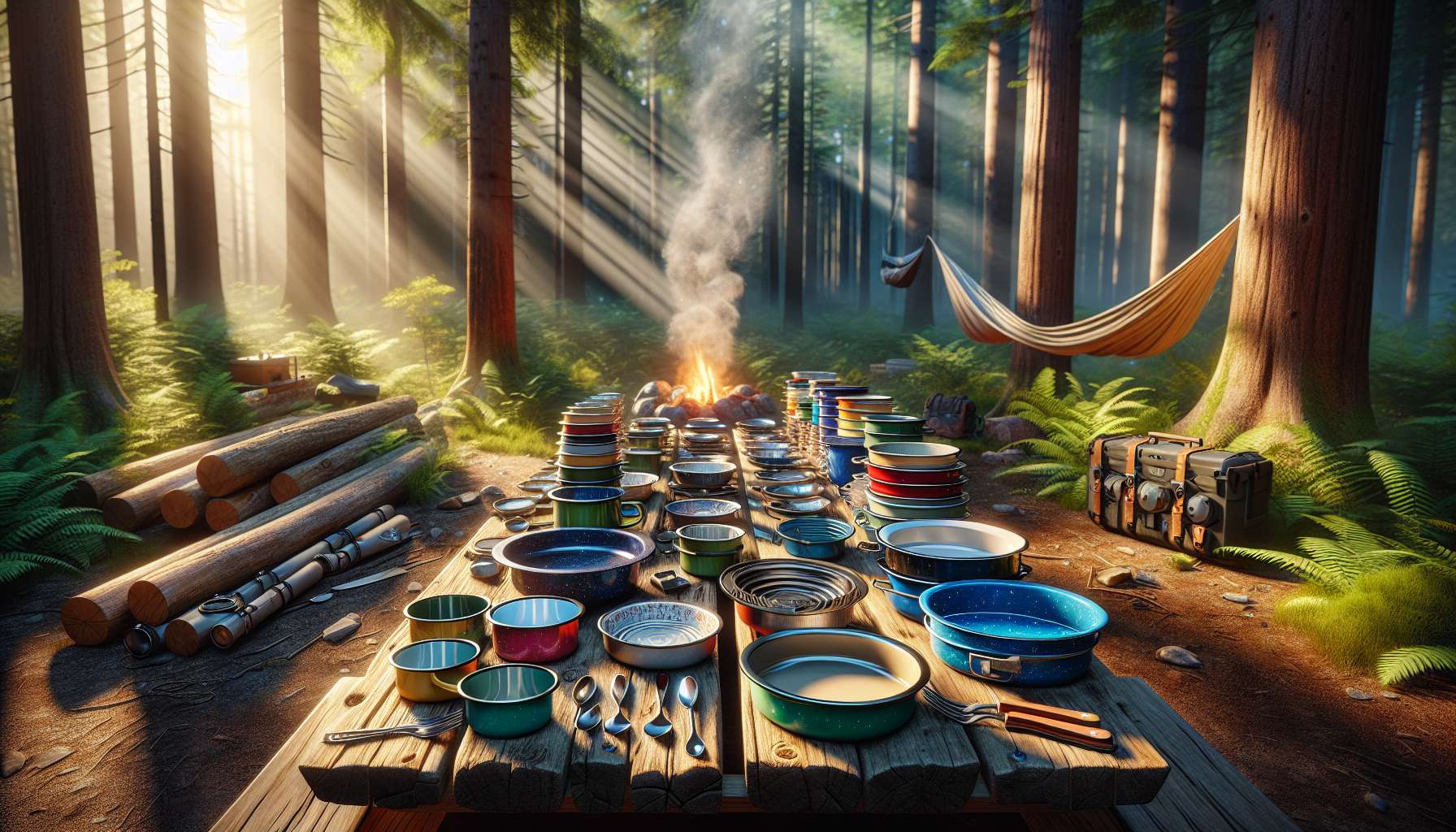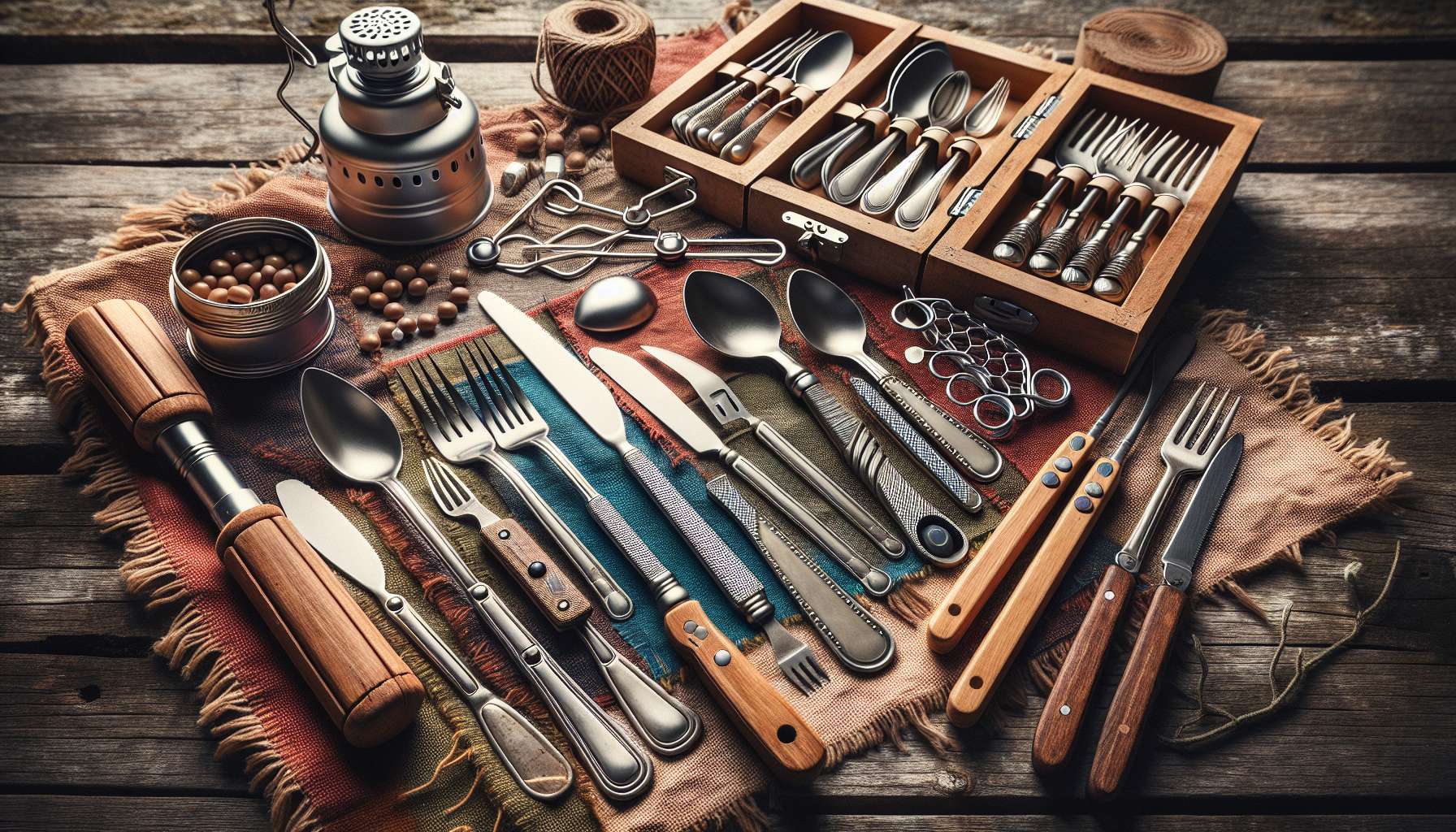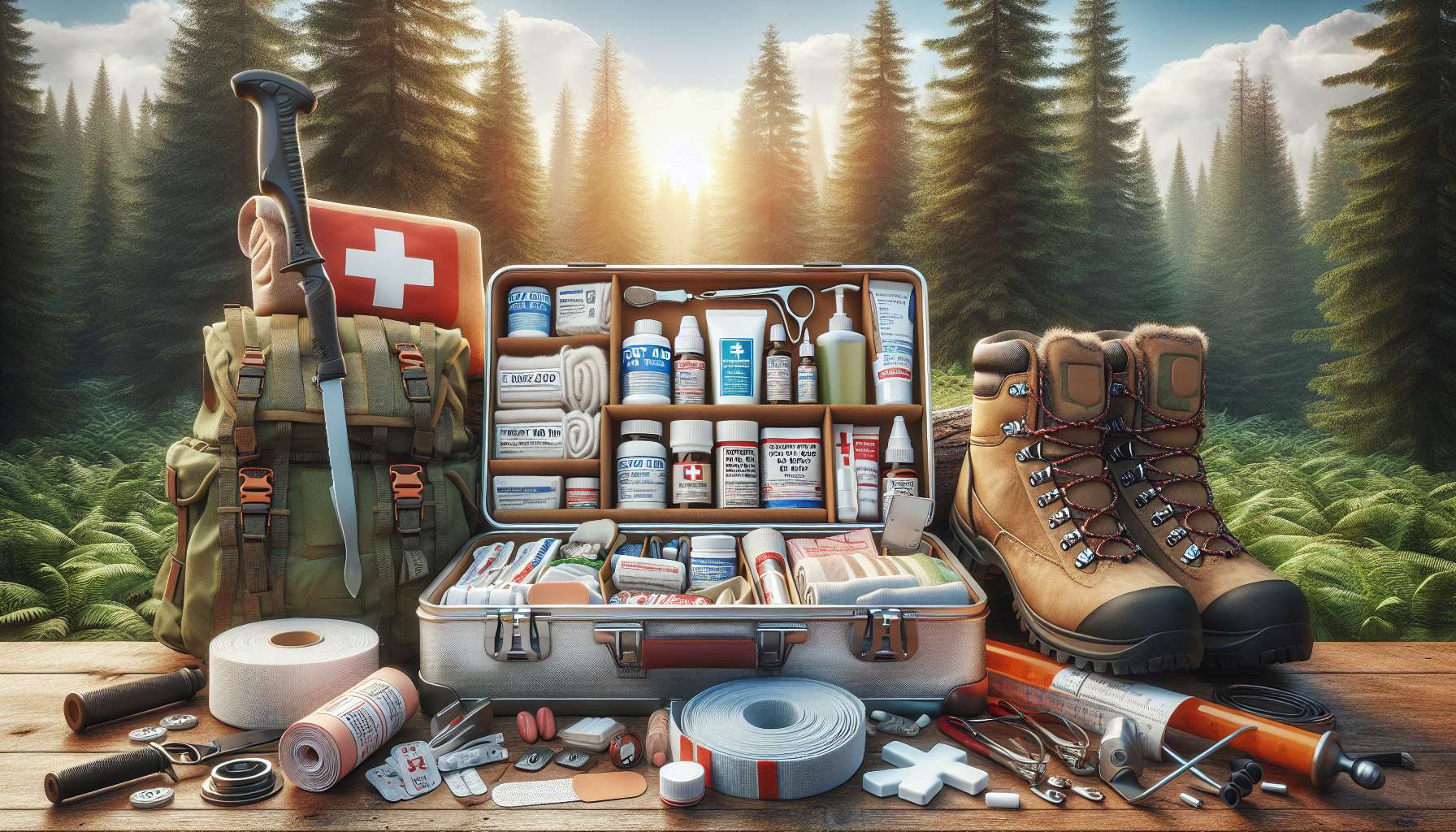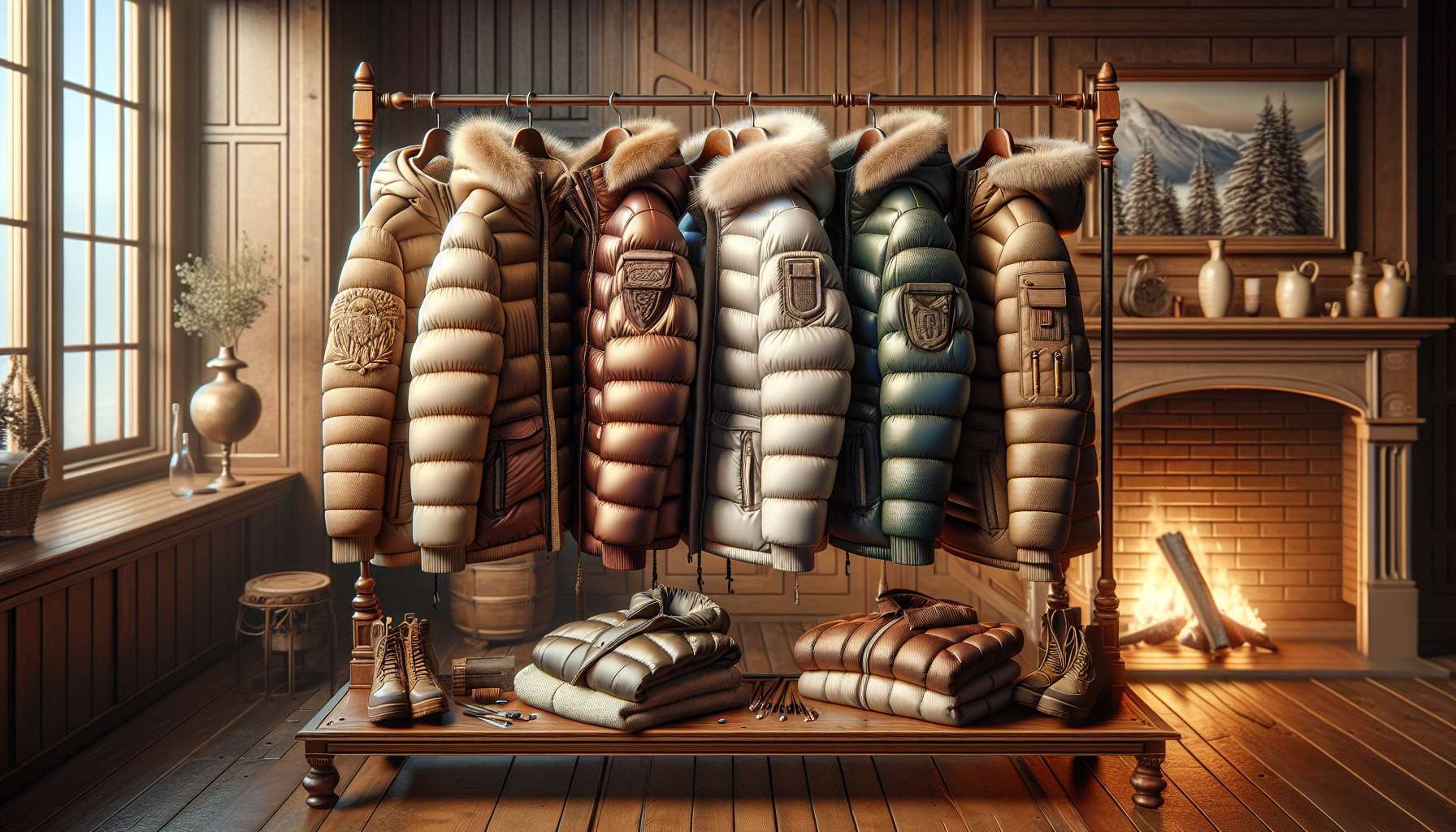The Ultimate Guide to Camping Plates: Everything You Need to Know
When it comes to enjoying the great outdoors, camping is a favorite pastime for many. And whether you’re a seasoned outdoor enthusiast or a newbie camper, one essential item that you’ll need for your adventures is a reliable camping plate. These plates are designed to be lightweight, durable, and portable, making them perfect for outdoor dining. In this comprehensive guide, we’ll delve into the world of camping plates, exploring their history, different types, best practices for use, and much more. So grab a seat by the campfire, and let’s dive in!
The Evolution of Camping Plates
Camping plates have come a long way since the early days of camping. In the past, campers often had to resort to using heavy and cumbersome ceramic plates or disposable paper plates that were not environmentally friendly. However, with advancements in material technology, camping plates have evolved to become much more lightweight, durable, and eco-friendly.
One of the earliest forms of camping plates was the metal mess kit, which was used by soldiers during wartime to eat their meals in the field. These kits typically included a metal plate, cup, and utensils, all of which could be easily packed and carried. Over time, camping plates have evolved to include a wide range of materials, such as stainless steel, aluminum, titanium, and even silicone.

Types of Camping Plates
There are several different types of camping plates available on the market today, each with its own unique features and benefits. Some of the most common types include:
1. Stainless Steel Plates
Stainless steel plates are a popular choice among campers due to their durability and heat resistance. These plates are easy to clean, non-reactive to food, and can withstand high temperatures, making them ideal for cooking over an open flame.
2. Aluminum Plates
Aluminum plates are another popular option for camping due to their lightweight nature. These plates are easy to carry and are often coated with a non-stick surface, making them ideal for cooking meals without the risk of burning or sticking.
3. Titanium Plates
Titanium plates are the ultimate choice for campers looking for a lightweight yet sturdy option. These plates are incredibly strong, corrosion-resistant, and are known for their exceptional heat retention properties. While they may be pricier than other options, titanium plates are a long-lasting investment for frequent campers.
4. Silicone Plates
Silicone plates are a relatively new addition to the camping plate market. These plates are collapsible, making them incredibly compact and easy to pack. They are also dishwasher safe and BPA-free, making them a safe and convenient option for camping trips.

Best Practices for Using Camping Plates
When it comes to using camping plates, there are a few best practices to keep in mind to ensure a smooth and enjoyable outdoor dining experience:
1. Choose the Right Size
When selecting a camping plate, consider the size and capacity you’ll need for your meals. Smaller plates are ideal for snacks and light meals, while larger plates are better suited for hearty dishes.
2. Consider Material and Durability
Choose a camping plate made from a durable and heat-resistant material that can withstand the rigors of outdoor use. Stainless steel, aluminum, and titanium plates are all excellent choices for durability.
3. Pack Compactly
Opt for collapsible or stackable camping plates to save space in your pack. Look for plates that nest together or can be easily stored in a compact manner to maximize storage efficiency.
4. Easy to Clean
Choose a camping plate that is easy to clean, whether by handwashing in a stream or river or by using a portable camping sink. Look for plates with a non-stick coating or smooth surface for easy cleaning.
5. Environmentally Friendly
Consider the environmental impact of your camping plate choice. Look for plates made from sustainable materials or that are reusable to minimize waste and reduce your carbon footprint.

Expert Opinions on Camping Plates
To provide further insight into the world of camping plates, we reached out to outdoor experts and enthusiasts for their opinions on the topic. Here’s what they had to say:
1. Sarah, Outdoor Enthusiast
“I’ve been camping for years, and having a reliable camping plate is essential for me. I prefer stainless steel plates for their durability and ease of cleaning. They’ve never let me down, even on long backpacking trips.”
2. Mark, Camping Blogger
“I always recommend titanium plates to my readers for their lightweight nature and durability. While they may be a bit more expensive, they’re worth the investment for frequent campers who want a plate that will last for years to come.”
Common Misconceptions About Camping Plates
Despite their popularity, there are some common misconceptions about camping plates that are worth addressing:
1. Camping plates are heavy and bulky.
While some camping plates can be heavier than others, there are plenty of lightweight options available on the market. Look for plates made from titanium or silicone for a lightweight and compact alternative.
2. Camping plates are difficult to clean.
Many camping plates are designed to be easy to clean, with non-stick coatings or smooth surfaces that make washing a breeze. Simply rinse them off in a stream or wipe them down with a cloth for quick and easy cleaning.
Comparative Analysis of Camping Plates
For those in the market for a new camping plate, a comparative analysis can be helpful in determining the best option for your needs. Here’s a quick overview of the pros and cons of stainless steel, aluminum, titanium, and silicone plates:
Stainless Steel Plates
Pros: Durable, heat-resistant, easy to clean
Cons: Heavier than other options, may dent or scratch easily
Aluminum Plates
Pros: Lightweight, non-stick coating, affordable
Cons: Not as durable as stainless steel or titanium
Titanium Plates
Pros: Lightweight, incredibly strong, heat-resistant
Cons: Expensive, limited design options
Silicone Plates
Pros: Collapsible, dishwasher safe, BPA-free
Cons: Not as durable as metal plates, limited heat resistance
Conclusion: Wrapping Up the World of Camping Plates
As we’ve explored in this comprehensive guide, camping plates play a crucial role in outdoor dining experiences. Whether you’re a weekend camper or a seasoned outdoor enthusiast, having a reliable camping plate can enhance your meals in the great outdoors. By choosing the right size, material, and design for your needs, you can enjoy delicious meals under the stars with ease.
So, next time you’re packing for a camping trip, be sure to include a quality camping plate in your gear lineup. With the right plate by your side, you’ll be ready to savor every bite of your outdoor culinary creations. Happy camping!




